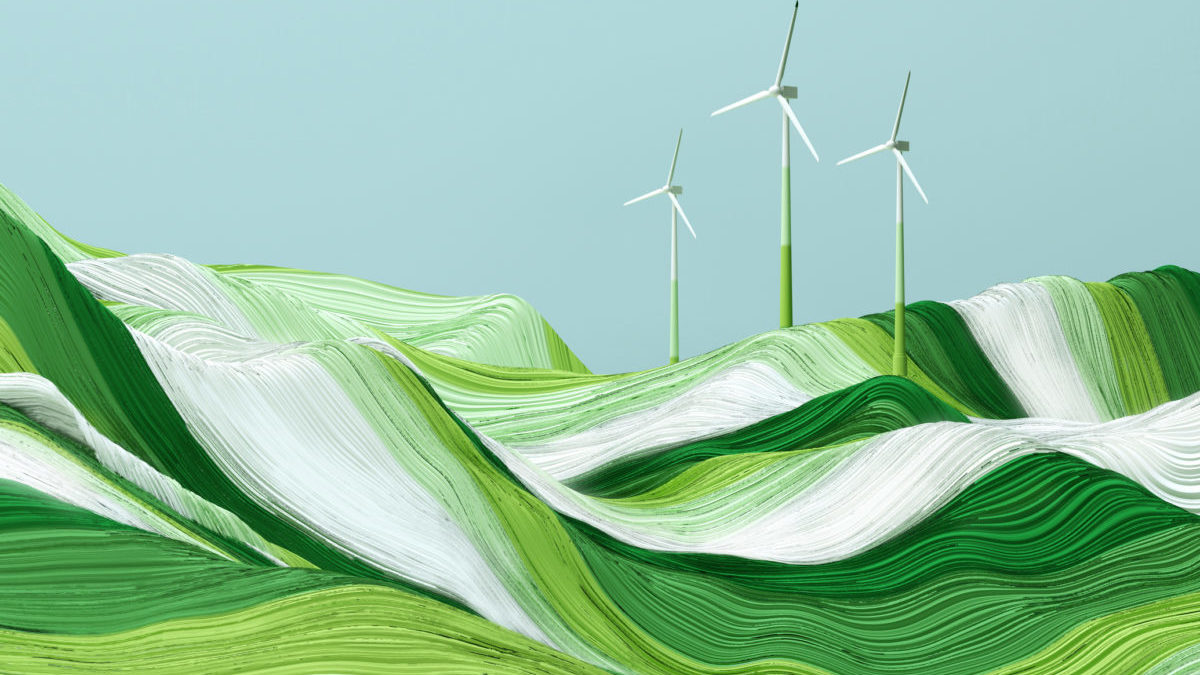Ground Breakers: Is all this talk of a green mining boom just bluster?

Pic: Andriy Onufriyenko/Moment via Getty Images
You’ve all heard the talk by now.
We are walking headlong into a green commodity supercycle unlike any other mining boom, where the environmental pariahs of the mining industry will be recast as saviours, producing metals required to help the world end its reliance on dastardly fossil fuels.
There is plenty of regulatory backing behind this particular narrative, as well as shards of truth.
But beneath the surface, how much of the talk of a mining boom powered by commodities used in batteries, renewable energy and transmission infrastructure is bluster, smoke and mirrors peddled by promoters, marketers and those who stand to benefit from investment?
Rio Tinto (ASX:RIO), famed for its iron ore business, says demand for its commodities will rise 25% by 2035 due to the energy transition.
Many investment bankers, fundies and mining-focused corporate advisors have bought into the call, at least when it comes to long-term demand for commodities like lithium, nickel, copper, all of which are expected to require massive increases in supply to satisfy new sources of demand from the expansion of the electric vehicle industry.
Others aren’t so sure.
If there’s a green mining supercycle we can’t see it: Commbank
The Commonwealth Bank’s mining and energy doyen Vivek Dhar is among those who say evidence of a ‘green’ mining boom isn’t there yet.
Importantly, he points to figures tabled late last year by the Department of Industry, Science, Energy and Resources in its Major Projects update for 2022.
“Hopes that Australia is on the verge of another mining boom are premature despite a 54% increase in the value of committed mining and energy projects in the year ending October 2022,” Dhar said in a note today.
“The evidence does not yet point to the start of a ‘green’ mining super-cycle whereby significant investment is taking place in the commodities needed in the energy transition.
“Around 64% of committed investment is in gas and coal projects in Australia.
“Hydrogen projects account for 40% and 60% of the value of feasible and publicly announced projects respectively. Two hydrogen megaprojects account for more than 50% of the value of hydrogen projects at these stages. Government support is still necessary to support the supply and demand of hydrogen in Australia.
“The outlook for project investment (excluding hydrogen) looks subdued in coming years. If Australia is going to recreate the mining boom from the China-led super-cycle sometime this decade, it will need to become a major hydrogen exporter.”
Downstream processing growth is limited as well, outside of expansions in projects committed to expanding Australia’s status as a producer of lithium chemicals for lithium ion batteries, Dhar noted.
He says lithium is a key standout, with Australia accounting for 50-55% of global output in 2021, though only 6% of committed projects are in the battery commodity.
Is this mining boom different?
At the same time, committed projects rose 54% to $83b in the 12 months to October 2022, higher than 2008 levels (though well short of the late boom 2012 investment peak of $250b).
The difference for this proposed super-cycle is its source, not urbanisation and industrialisation but decarbonisation, meaning some metals like lithium, cobalt, graphite, copper and nickel will be favoured over others.
But Dhar says the outlook for projects likely or possible to be delivered to 2028 outside the hydrogen space falls well short of the investment peak in 2012.
“The outlook suggests Australia is unlikely to experience a mining boom anywhere near the scale of the China-led super-cycle in coming years from just the metals and minerals (i.e. lithium, copper, nickel, cobalt, graphite and rare earths) needed in the energy transition,” he said.
And willingness to bring on new supply among the world’s miners remains muted.
Bloomberg’s assessments of capex to cash flow was at its lowest level in almost two decades in 2021, before a slight rebound last year.
“Supply is not so far increasing as in previous super-cycles. The ratio of capital expenditure to cash flow from operations of publicly-listed miners remains low,” Dhar said.
“A low ratio indicates the willingness to spend on new supply is subdued. Capital is instead being given back to shareholders or being spent to decarbonise current operations.”
BHP drops dough in battery metals explorers
At the same time companies engaged in the green mining trend are working to develop new sources of nickel, copper and other key metals for the energy transition.
BHP (ASX:BHP), a major supplier in both nickel and copper and a company wedded to the idea of investing in ‘future facing commodities’ has spread its wings by tipping cash into junior explorers.
It’s doing so via BHP Xplor, a venture capital accelerator within BHP tipping US$500,000 cash into seven junior explorers hunting for copper, nickel and other critical minerals.
“Through this program, we hope to create disruptive results in copper and nickel exploration by identifying new concepts, leveraging new data and testing opportunities at a much faster pace than discoveries to date,” BHP’s chief development officer Johan van Jaarsveld said.
Among the seven successful companies are three on the ASX — Finnish explorer Nordic Nickel (ASX:NNL), Australian focused battery metals junior Impact Minerals (ASX:IPT) and Scandinavian metal hunter Kingsrose Mining (ASX:KRM).
BHP Xplor share prices today:
And on the markets
Miners were skittled today as prices for pretty much all commodities softened overnight, with gold pulling back slightly on a rising US dollar and copper down 0.9% to US$9105/t on weak demand signals.
Iron ore also followed futures down by almost 6% to US$118.35/t in China on the back of jawboning over prices from Chinese authorities.
Meanwhile, Fastmarkets reported a fall in lithium carbonate and hydroxide prices in China to 485,000RMB, falling below the 500,000RMB level for the first time in months.
That’s still a very high price, equivalent to around US$72,000/t, but comes amid a slowdown in demand as China faces its Covid outbreak and the lead-up to Lunar New Year.
The materials sector was down 1.02% at 12.30pm AEDT, with only coal miner Stanmore (ASX:SMR) among the top large and mid cap movers.
There were big falls for copper miners 29Metals (ASX:29M) and Sandfire Resources (ASX:SFR), with goldies De Grey (ASX:DEG), Gold Road (ASX:GOR), Regis (ASX:RRL) and Capricorn (ASX:CMM) also off the boil.
Rio fell 0.9% after just clearing guidance in its December quarter results this morning, where it warned of higher costs and continued uncertainty in the global economy and Chinese market.
Fortescue (ASX:FMG) and BHP were also lower, down 1.79% and 1.2% respectively.
GBs share price today:
At Stockhead, we tell it like it is. While Nordic Nickel and Impact Minerals are Stockhead advertisers, they did not sponsor this article.

UNLOCK INSIGHTS
Discover the untold stories of emerging ASX stocks.
Daily news and expert analysis, it's free to subscribe.
By proceeding, you confirm you understand that we handle personal information in accordance with our Privacy Policy.








